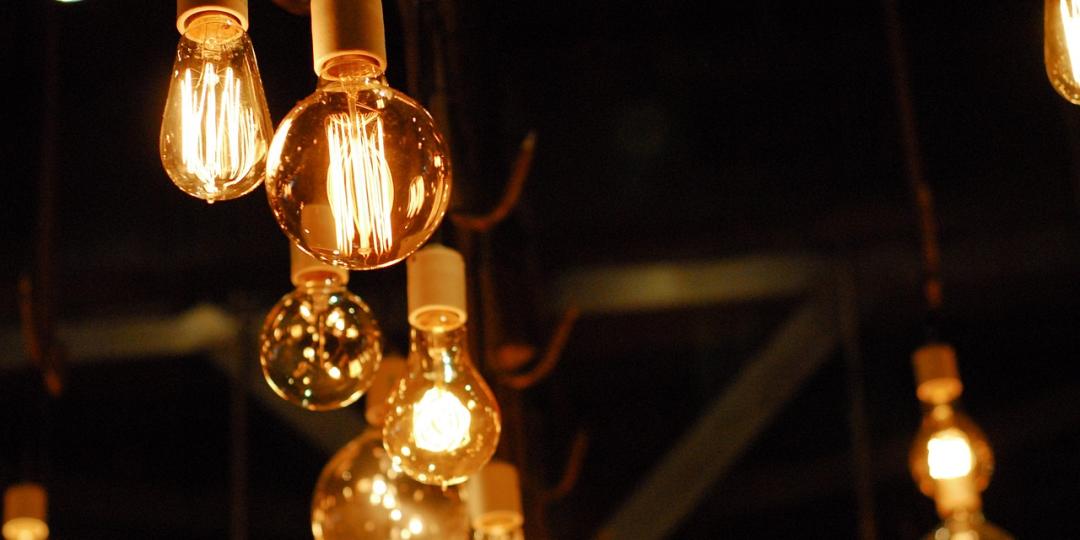The news of an impending increase in electricity prices comes as yet another blow to already strained South African household budgets, says Jean-Phillipe Ghyoot, business director of Alumo Energy.
The average household could be facing an additional expenditure of up R5 760 per year, starting this April.
The National Energy Regulator of South Africa (NERSA) approved a 12,74% increase for 2024/2025 in January, which will impact Eskom-supplied customers from April 1, and municipal customers from July 1 this year. This comes on top of the 18,65% increase implemented in July last year.
The impact of electricity price increases in real terms:
An average five-member family living in Pretoria consumes some 12 000 kWh per year. Their bill at City of Tshwane “domestic supply” rates would currently total some R3 800 per month or R45 600 per year in terms of 2023/2024 rates. The exact price adjustments at municipal levels following the April increase have yet to be announced, but should this family’s prices leap by 12,74%, their bill would soar to over R4 300 per month or nearly R51 600 per year.
Just three years ago, this same family would have been paying about R36 000 a year.
The picture is no better when seen within a continental scale. According to GlobalPetrolPrices.com, the South African consumer currently pays 250% of what the average Nigerian pays; electricity in Zimbabwe is 97% cheaper than ours; and only nine other countries on the continent are subject to higher tariffs than we are. All these calculations do not yet account for the increased rates for 2024.
The cost of alternative power solutions has remained steady over the past few years, representing increasing savings over time. As a result, the cost-benefit keeps leaning towards power alternatives as an attractive long-term investment.















